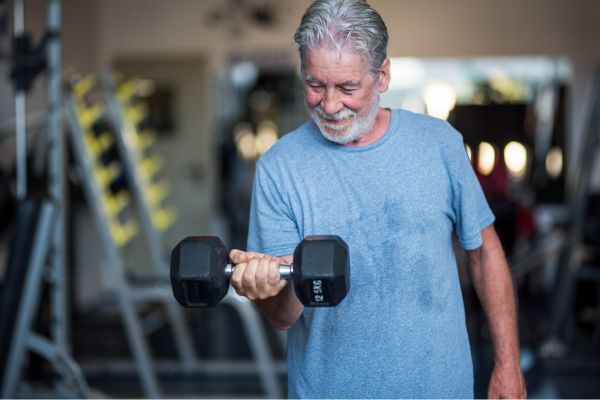
The Evolving Journey of Fitness as We Age
As the years pass, our bodies change in remarkable ways, reflecting the experiences and time we’ve lived through. With these changes comes a shift in our approach to fitness. What once might have been a quest for peak performance often transforms into a journey of maintaining health, mobility, and overall well-being. This evolution is a natural part of aging, and understanding it can empower us to adapt our fitness routines to continue enjoying an active and fulfilling life.
The Changing Body
Aging brings about physiological changes that can influence how we approach exercise. Muscle mass tends to decrease, a phenomenon known as sarcopenia, which can begin as early as our 30s and accelerates in our later years. This reduction in muscle mass is often accompanied by a decrease in metabolic rate and an increase in body fat. Additionally, bone density can diminish, increasing the risk of fractures and osteoporosis.
These changes are part of the natural aging process, but they don’t mean we should resign ourselves to a sedentary lifestyle. In fact, they highlight the importance of staying active and making fitness a lifelong priority. Exercise can counteract many age-related changes, helping maintain muscle mass, strength, flexibility, and balance.
Adaptation and Balance
As we age, our fitness goals and methods may need to shift. Strength training becomes crucial for preserving muscle mass and bone density, while activities like recovery and mobility can enhance flexibility and balance, reducing the risk of falls.
Aerobic exercises, such as walking, swimming, or cycling, remain vital for cardiovascular health. The key is to find a balance that suits our current abilities and limitations. Listening to our bodies and respecting their signals can prevent overexertion and injury, ensuring that exercise remains a positive and sustainable part of our lives.
The Role of Recovery
Recovery becomes increasingly important as we age. Our bodies may take longer to recover from physical exertion, making adequate rest and recovery time essential. Incorporating activities like stretching, gentle yoga, and massage can aid in recovery and prevent stiffness and soreness.
Sleep, often overlooked, plays a critical role in recovery and overall health. Ensuring adequate and restful sleep supports physical recovery, mental clarity, and emotional well-being.
Mental and Emotional Benefits
The benefits of staying active extend beyond physical health. Regular exercise has been shown to have profound effects on mental health, reducing symptoms of anxiety and depression, improving mood, and enhancing cognitive function. These benefits are particularly valuable as we age, as they contribute to a higher quality of life and can help combat the cognitive decline associated with aging.
Social Connection
Fitness can also provide valuable social interactions, which are crucial for mental and emotional well-being. Joining fitness classes, walking groups, or sports teams can foster a sense of community and belonging, providing a supportive environment that encourages regular activity.
Embracing the Journey
Aging is an inevitable part of life, but how we age is something we can influence through our choices and actions. Embracing the changes that come with age and adapting our fitness routines accordingly allows us to maintain our health, independence, and vitality. It’s not about defying aging but about thriving within it.
The journey of fitness as we age is a testament to the resilience and adaptability of the human body and spirit. It’s a journey that invites us to continue exploring our potential, celebrating our achievements, and honoring our unique paths. Whether we’re just beginning or have been on this journey for years, each step forward is a victory, and each moment of activity is a gift to ourselves.
